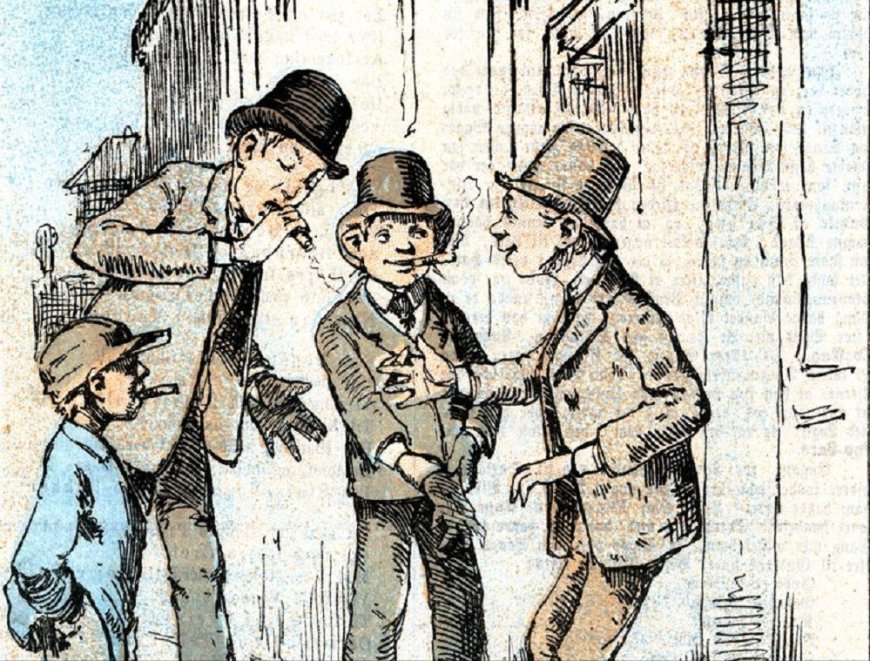Why do teenagers commit insane acts?
the family. For many adolescents, this is a period of risky behavior, gaining new experiences. teenagers commit insane acts.

In modern developed society, adolescence is usually determined by the age between 13 and 20 years. During this period, children begin to assert their independence and form their first deep bonds outside the family. For many adolescents, this is a period of risky behavior, gaining new experiences. teenagers commit insane acts.
Usually, people associate risky adolescent behavior with a game of hormones, and this is undoubtedly one of the reasons. In adolescence, there is a surge of testosterone - a hormone associated with sexual activity, aggression and dangerous behavior. However, not all teenagers exceed the speed limit while driving, trying drugs or engaging in disorderly sexual intercourse. Therefore, there must be other reasons for their behavior.
Some scholars argue that adolescence is an artificial phenomenon that has emerged in modern society. In other words, in modern culture it is customary to take care of children longer than necessary. After a long period of study at school, university, etc., necessary for full integration into society, reaching the age of 25, young people do not gain full independence. Parents do not expect adolescent behavior from adolescents, respectively, adolescents do not detect it.
But this was not always the case. By the twentieth century, most people under the age of 20 were married, starting families, working and acting as full members of society. Life expectancy was short and it was difficult to earn a living. On average, a person became a grandfather at the age at which modern people only have their first (and often only) child.
Adolescent behavior can also be considered in terms of the theory of evolution. Behavior that seems inadequate has helped our ancestors, who hunted and harvested, survive for hundreds of thousands of years. British psychologists say that adolescence is necessary for building social ties - the key to success in adulthood.
In other words, the chaotic behavior we associate with adolescence is not a key feature of this period, but occurs under the influence of peers. Psychologists conducted a study in which adolescents used a driving simulator. When the teenagers drove the car themselves, they drove carefully without breaking the rules. But when friends were around, teens were more likely to take risks. They acted so under the influence of peers or simply out of a desire to brag.
Must Read: The role of moral education in children™s development
Both animals and humans are prone to risky behavior under the influence of peers. It is possible that the reason for this is the high level of testosterone in the body. Young males of many species of animals take part in the struggle for females. The place of the male in the hierarchy depends on the ability to risky behavior and survival. In this way, they show females that they are able to take care of the offspring. And because males compete with each other, testosterone affects not only their sexual behavior but also aggression.
But people are not just influenced by the presence of peers. Adolescents worry about what their peers think of them, even when they are alone. One study asked children, adolescents and young adults to assess how risky different scenarios are. After each participant expressed their opinion, they were shown the answers of others. This rating differed significantly from their own responses. Both children and adults wanted to change their answers if they were told that they were being shown an adult's answer. However, both children and adults remained in their opinion if they were told that the answers were given by a teenager. In other words, both children and adults trusted the opinions of adults more than the opinions of adolescents. At the same time, adolescents showed completely opposite behavior. They changed their minds only if they were shown the answers of adolescents, but not adults. In other words, they exhibited typical adolescent behavior, disagreeing with the opinion of adults.
Even brain activity in adolescents and adults is different. When adolescents were asked to perform various tasks while measuring their brain activity by MRI, those areas responsible for processing social information were more active when they were told that their peers were watching them. Knowledge that their work was being observed had less of an effect on brain activity in adults.
Psychologists suggest that a key feature of adolescence is a strong desire to fit into social life. If this is the case, then the risky behavior of adolescents is caused by the behavior of peers. High levels of depression among adolescents are also related to their need for social integration. One way or another, adolescents who suffer from depressed mood often complain that they feel isolated from their peers.
Adolescent behavioral problems can be linked to peer pressure, but psychologists say that such pressure is also a way to identify leaders in the adolescent group. Several studies by psychologists have been devoted to this topic. One of them concerns the fight against bullying at school, the other - the fight against smoking. When the most popular school students took part in the research, the level of bullying and smoking in schools dropped sharply compared to those schools,
In which the program was run by adults. In such cases, when schoolchildren were involved in community service, they were more interested if they perceived it as a popular job.
Adolescence is not necessarily a period of stress and violent behavior. Many teenagers focus their relentless energy and enthusiasm on sports, music or learning. And these efforts benefit them in adulthood. If you understand the needs of your teens to be accepted by their peers, you will be able to create favorable conditions for this. Just let your teen believe that this is his idea.
